Guy Gubnitsky
Automatic Detection and Annotation of Sperm Whale Codas
Jul 24, 2024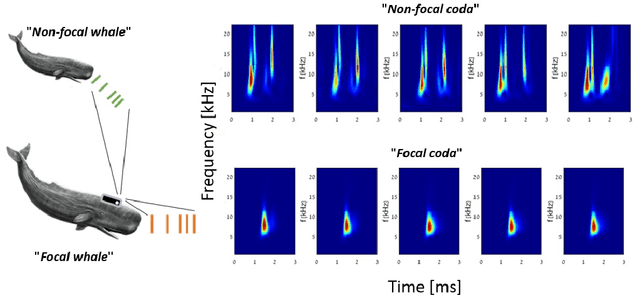

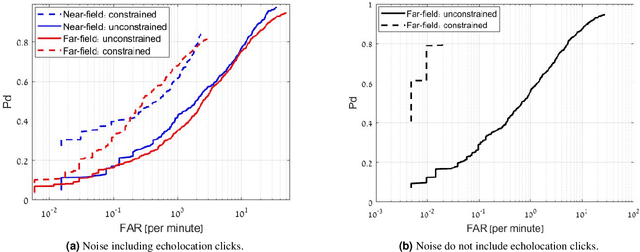
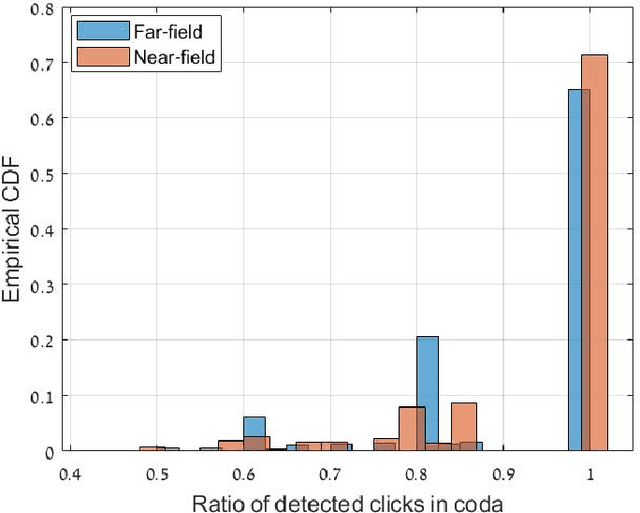
Abstract:A key technology in sperm whale (Physeter macrocephalus) monitoring is the identification of sperm whale communication signals, known as codas. In this paper we present the first automatic coda detector and annotator. The main innovation in our detector is graph-based clustering, which utilizes the expected similarity between the clicks that make up the coda. Results show detection and accurate annotation at low signal-to-noise ratios, separation between codas and echolocation clicks, and discrimination between codas from simultaneously emitting whales. Using this automatic annotator, insights into the characterization of sperm whale communication are presented. The results include new types of coda signals, analyzes of the distribution of coda types among different whales and for different years, and evidence for synchronization between communicating whales in terms of coda type and coda transmission time. These results indicate a high degree of complexity in the communication system of this cetacean species. To ensure traceability, we share the implementation code of our coda detector.
Detecting the presence of sperm whales echolocation clicks in noisy environments
Dec 31, 2023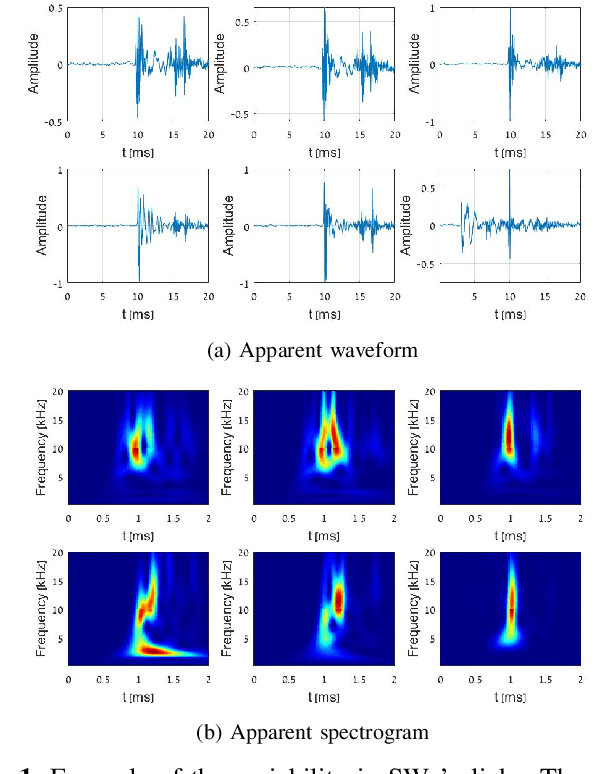
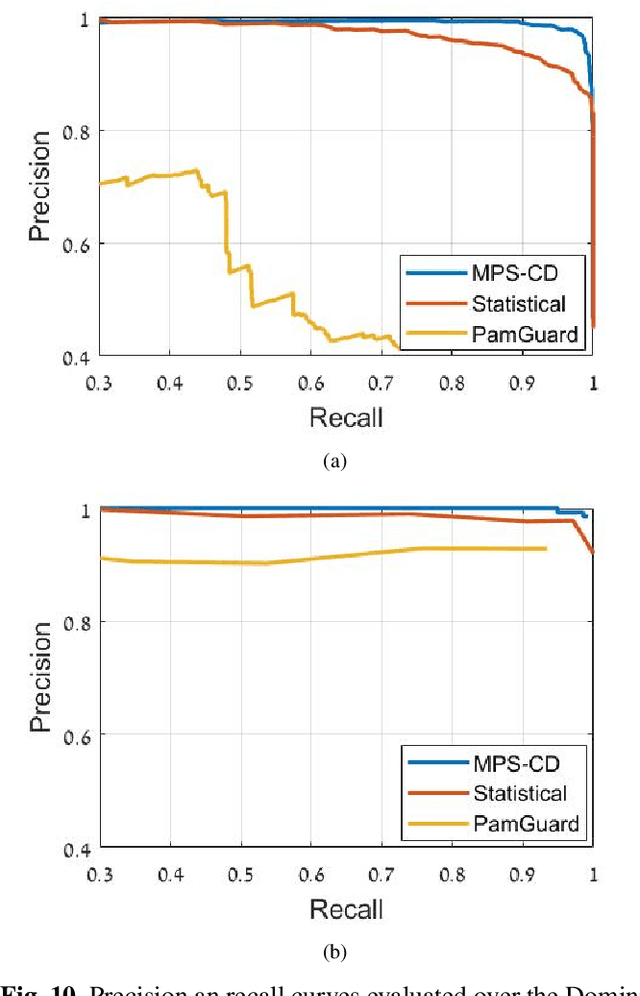
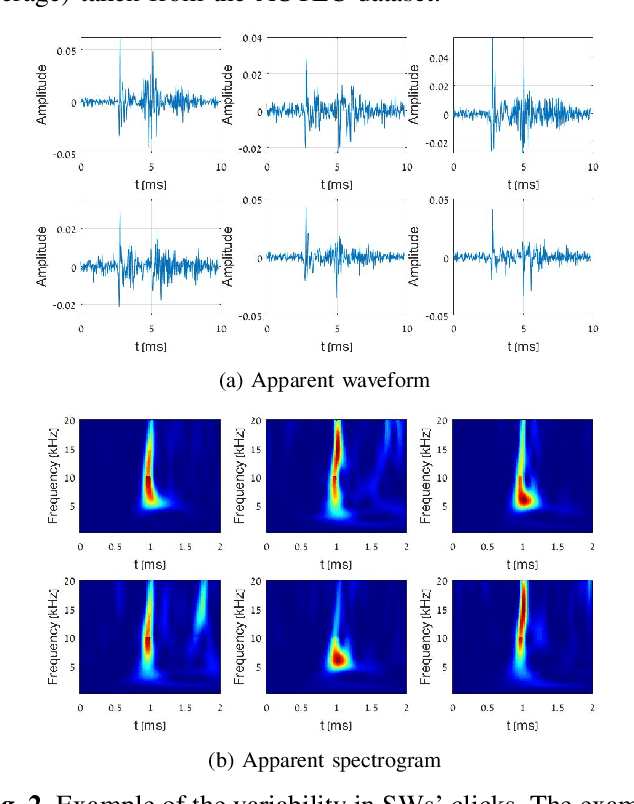
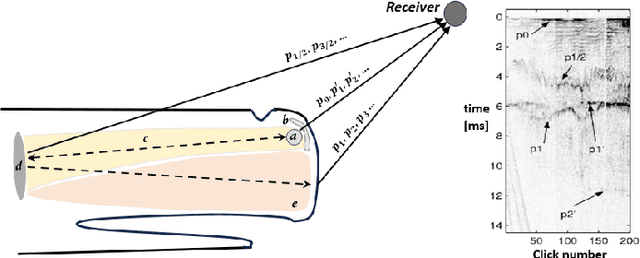
Abstract:Sperm whales (Physeter macrocephalus) navigate underwater with a series of impulsive, click-like sounds known as echolocation clicks. These clicks are characterized by a multipulse structure (MPS) that serves as a distinctive pattern. In this work, we use the stability of the MPS as a detection metric for recognizing and classifying the presence of clicks in noisy environments. To distinguish between noise transients and to handle simultaneous emissions from multiple sperm whales, our approach clusters a time series of MPS measures while removing potential clicks that do not fulfil the limits of inter-click interval, duration and spectrum. As a result, our approach can handle high noise transients and low signal-to-noise ratio. The performance of our detection approach is examined using three datasets: seven months of recordings from the Mediterranean Sea containing manually verified ambient noise; several days of manually labelled data collected from the Dominica Island containing approximately 40,000 clicks from multiple sperm whales; and a dataset from the Bahamas containing 1,203 labelled clicks from a single sperm whale. Comparing with the results of two benchmark detectors, a better trade-off between precision and recall is observed as well as a significant reduction in false detection rates, especially in noisy environments. To ensure reproducibility, we provide our database of labelled clicks along with our implementation code.
 Add to Chrome
Add to Chrome Add to Firefox
Add to Firefox Add to Edge
Add to Edge